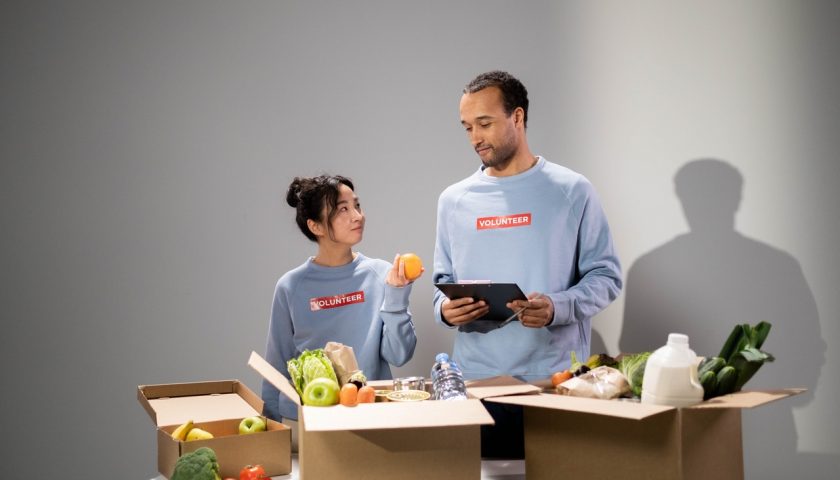When it comes to packaging materials, plastic is one of the most common materials that pop up in our minds. There are other materials that are widely used as well, such as paper, cardboard, glass, and aluminum tin containers. However, due to its low price, plastic has dominated the packaging industry for a long time. However, plastic has a significant drawback – its adverse effects on our health and the environment. As customers around the globe become more aware of the negative impact of plastic on our health and the environment, its popularity has declined sharply, and people are looking for sustainable alternatives.
Before exploring affordable and sustainable packaging options, we need to understand what sustainable packaging means. It refers to packaging solutions that are safe and beneficial to use for society throughout its lifecycle. The packaging must meet industry criteria for both cost and performance. It has to be sourced, developed, transported, and recycled using renewable energy sources. Many companies might find it hard to completely switch to sustainable packaging in a short period of time. However, you do not have to make this switch abruptly. A great alternative is to implement solutions in incremental steps towards sustainable packaging – one step at a time ensures that companies are not overwhelmed and can adapt effectively to the change.
Aluminum
In a bid to find more sustainable, greener, and eco-friendly options for the packaging industry, aluminum has proven to be an excellent choice. Aluminum is a better packaging solution for start-up companies over plastics and glass as it is lighter and sturdier than both of them. While other packaging materials may offer some beneficial characteristics, but none can match the wide range of advantages aluminum provides. Aluminum is also resistant to organic acids, making it a food-safe packaging option. It is opaque and non-porous, which helps to keep enclosed products safe from germs, harmful bacteria, and UV rays, and keeps them fresh for an extended period of time. These qualities make aluminum an elite choice in the packaging industry.
Aluminum is one of the most flexible and versatile materials; it is easy to mold yet it is a very durable material that can hold up its integrity for a long time without any maintenance. Thanks to such characteristics, it can be used to make aluminum bottles, tin containers, custom tins, boxes, and other packaging materials for various products. One downside owing to the ductility of aluminum is material is deformity under pressure. So, if you transport goods in aluminum packaging, the shipment must be handled carefully.
It might come as a surprise to you, but aluminum is the most common metal and the third most common material present on the earth’s surface. It is a naturally occurring material present in abundance in our nature. The vast aluminum deposits make it an almost unlimited supply which is crucial in maintaining a stable price over the long term. Aluminum is also the easiest packaging material to recycle, with up to a 100 % recyclability rate. It can be recycled repeatedly without any degradation in its quality. It is reported that only 5 percent of the primary production energy is required to recycle aluminum. Making for an economically viable packaging alternative. Using aluminum will drastically reduce the carbon footprint of the entire packaging industry.
Glass
Another sustainable and eco-friendly material for packaging is glass. Glass has been around in the industry for centuries. It is still used today, but most commonly to store beverages, liquid cosmetics, medicines, etc. Most companies opt for Glass because it is stylish, elegant, and helps them capture customer attention. In terms of glass materials availability, firstly, it is easily recyclable, and secondly, it has vast reverses in our world. It is also versatile, enabling companies to manufacture jars and bottles in different shapes and sizes. However, a significant downside of glass is its brittle nature. It must be handled with extreme care as it can break easily. Furthermore, its heavyweight adds a considerable amount of weight to the product itself, which makes it unsuitable for transporting goods.
Plastic
Lastly, we will talk about plastics. Plastic is cheap to produce; however, it has immense adverse environmental effects. Plastic waste pollution has become a global crisis. It is an artificial material made from different polluting chemicals, including crude oil and natural gas. Furthermore, most plastics use BPA, a chemical agent suspected of causing severe health issues, to obtain the desired strength. Additionally, recycling plastics is not an easy task; it takes a lot of energy to recycle just some types of plastics. Most of the plastic ends up in landfills and oceans and stays there for decades. Plastic may be cheap and lightweight, but its health concerns make it undesired material for packaging solutions. Therefore, individuals and companies alike should try to avoid the use of unsustainable plastic.
In conclusion, we have listed the pros and cons of some of the most widely used packaging materials in the industry. With this knowledge, you can make a decision that best fits your needs and requirements. However, an important point to keep in mind is that customers today are becoming more aware of their environmental impacts. Therefore, products enclosed in sustainable packaging can generate tremendous interest in the brand and are an excellent chance for companies to stand out in the market and gain customers.
